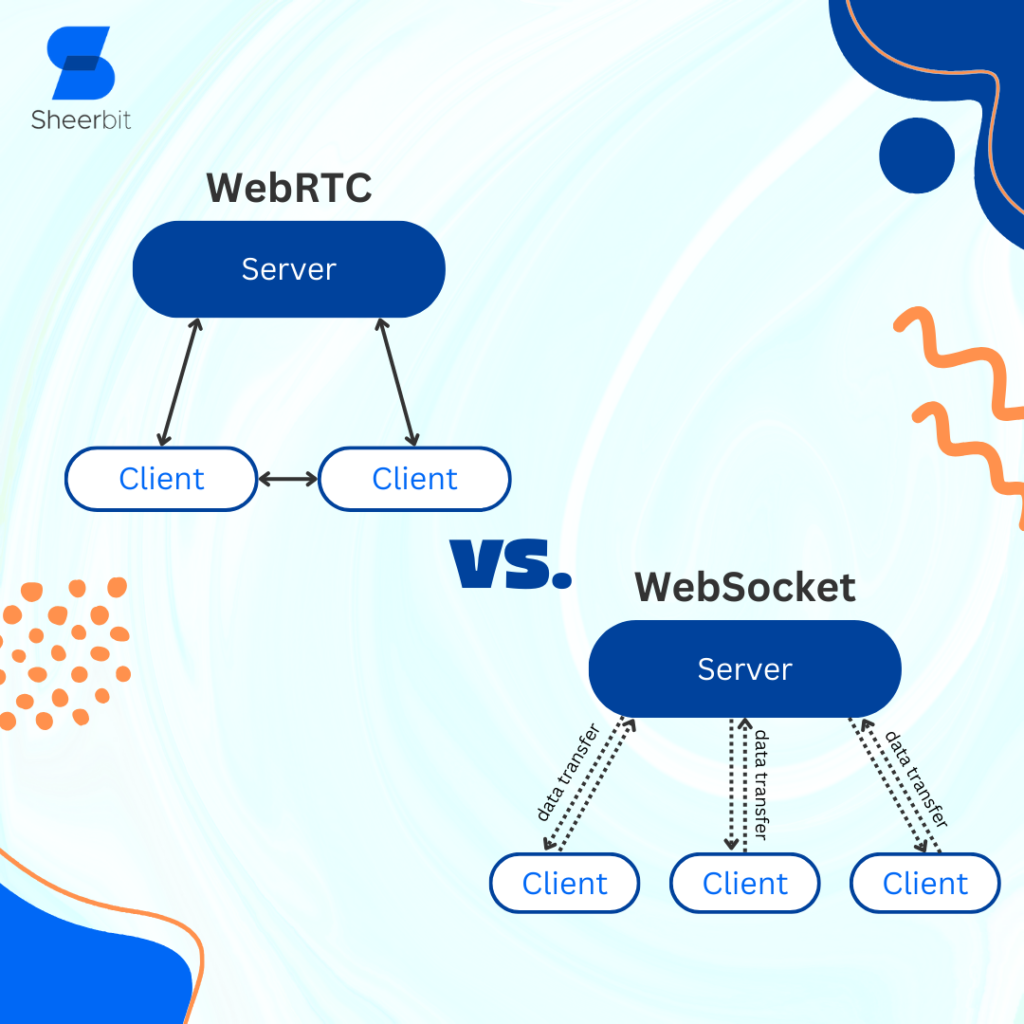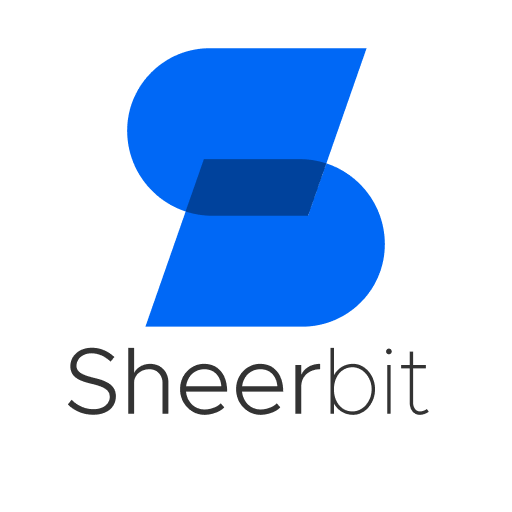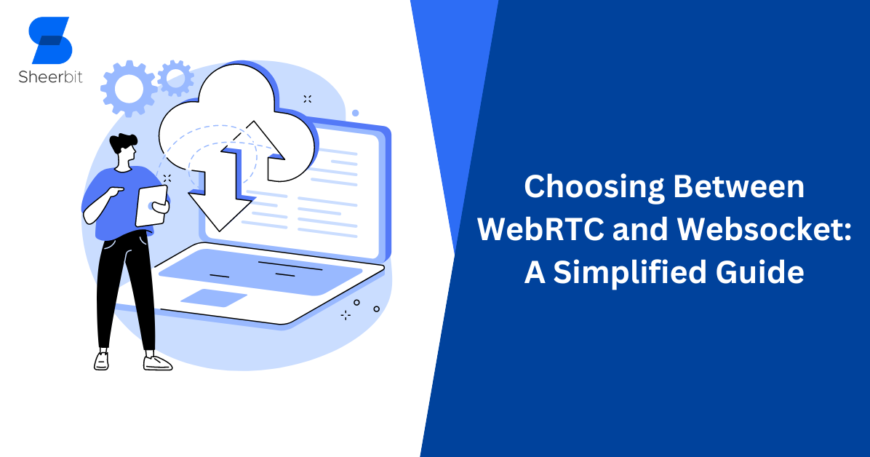In the field of web development, creating effective online apps requires selecting the appropriate technological stack. WebRTC and WebSocket are strong competitors for real-time data transport and communication. To help developers choose the best course of action for their projects, this article compares different technologies.
WebRTC is perfect for applications like video conferencing and live streaming since it allows real-time communication directly within web browsers and mobile apps. On the other hand, WebSocket, which is appropriate for chat platforms and real-time dashboards, enables bidirectional communication between clients and servers.
Understanding WebRTC and Websocket
WebRTC (Web Real-Time Communication)
An open-source initiative called WebRTC allows users to communicate in real time straight from within mobile apps and web browsers. It allows developers to easily incorporate peer-to-peer channels for data transmission, video, and audio. Because its basic features do not require the installation of plugins or other software, WebRTC is a popular option for applications such as online gaming, live streaming, and video conferencing.
WebSocket
Thanks to the Websocket communication protocol, clients and servers may establish persistent, bidirectional communication channels through a Single, Permanent connection. In contrast to conventional HTTP queries, which follow a request-response model, Websocket allows for continuous communication, making data streaming and real-time updates possible. Because of this, Websocket is the best option for low-latency communication applications like online gaming portals, chat platforms, and real-time dashboards.

Differences Aspect between WebRTC and WebSocket
| Aspect | WebRTC | WebSocket |
| Purpose | Real-time data transfer and audio/video communication | Updates in real-time and two-way communication |
| Use Cases | Peer-to-peer transmission, live streaming, and video conferencing | Real-time dashboards, gaming portals, and chat apps |
| Communication Method | peer-to-peer streaming of media | Bidirectional, client-server messaging |
| Scalability | Obstacles in extensive implementations | wide compatibility and effective message processing |
| Development Complexity | needs knowledge of multimedia protocols | Easy integration and thorough instructions |
| Latency | Low-latency transmission for streaming media | Low-latency connection to provide information in real-time |
| Protocol | intricate, including SDP negotiations and ICE | Simple, effective, and creates a long-lasting bond |
Explanation:
1. Purpose:
WebSocket enables real-time updates and bidirectional communication between clients and servers, whereas WebRTC concentrates on facilitating peer-to-peer data transmission and real-time audio/video communication.
2. Use Cases:
While WebSocket is used in chat platforms, real-time dashboards, and online gaming portals, WebRTC is frequently used for applications including peer-to-peer transmission, live streaming, and video conferencing.
3. Communication Method:
In a client-server architecture, WebSocket enables bidirectional messages between clients and servers, whereas WebRTC creates peer-to-peer communication channels for media streaming.
4. Scalability:
While WebSocket is appropriate for high-traffic applications due to its wide compatibility and quick message processing, WebRTC may not scale well for big deployments.
5. Development Complexity:
While WebSocket integration is easier with thorough documentation, WebRTC implementations need knowledge of multimedia protocols like ICE and SDP negotiation.
6. Latency:
While WebSocket offers low-latency communication for real-time updates without the expense of HTTP requests, WebRTC guarantees low-latency communication for media streams.
7. Protocol:
WebSocket is a lightweight, efficient protocol that creates lasting connections using a straightforward handshake process. In contrast, WebRTC includes sophisticated protocols such as SDP (Session Description Protocol) negotiation and ICE (Interactive Connectivity Establishment).
Knowing these fundamental distinctions between WebRTC and WebSocket enables developers and architects to select the solution that best fits their needs and use cases.
When to Use WebRTC:
Real-Time Audio/Video Communication:
Applications requiring real-time audio/video communication between users are best suited for WebRTC. This includes online teaching programs, video conferencing systems, and virtual meetings where attendees must communicate easily and in real time.
Peer-to-Peer Data Transfer:
Because WebRTC enables peer-to-peer data transfer, it may be used in situations where users need to exchange files, work together on paper, or play interactive games without the need for a central server.
Low-Latency Requirements:
WebRTC’s ability to reduce latency and provide a responsive user experience is advantageous for applications that need low-latency communication, such as online gaming or live broadcasting of events.
When to Use WebSockets:
Real-Time Updates and Notifications:
Applications that need alerts or real-time changes without the cost of HTTP polling are a good fit for WebSockets. This includes social media feeds, stock market tickers, and chat platforms where it’s critical to disseminate information quickly.
Continuous Data Streaming:
WebSockets are used by applications that stream data continuously, such as financial market research, live sports updates, and real-time dashboards, to provide clients with data instantly and without the need for repeated polling requests.
Persistent Connections:
Because WebSockets allow bidirectional data flow and lower latency, they are useful in situations where it is necessary to maintain permanent connections between clients and servers for effective communication.
When to Use Both Together (WebRTC and WebSockets):
Hybrid Real-Time Applications:
Mixing WebRTC with WebSockets occasionally gives the best of both worlds. WebSockets are used for information sharing and signaling between clients and servers in video conferencing applications, whereas WebRTC is used for peer-to-peer audio/video communication between participants.
Enhanced Functionality:
Application developers may improve the functionality of their apps by adding WebRTC and WebSockets. For example, a platform for collaborative document editing may integrate WebSockets for instantaneous alerts and document synchronization amongst several users and WebRTC for real-time document editing.
Scalability and Redundancy:
Combining the two technologies may increase redundancy and scalability. While WebSockets can handle signaling, messaging, and other non-media-related activities, WebRTC is more effective at handling real-time media communication. WebSockets also provide a resilient and scalable architecture by dividing the load among servers.
The decision to use WebRTC, WebSockets, or both will depend on your application’s particular needs and features. By comprehending the advantages and drawbacks of every technology, you can create and execute real-time communication solutions that cater to your consumers’ specific requirements and improve their entire experience.
Conclusion: Making the Informed Choice
In conclusion, the choice between WebRTC and Websocket depends on your application’s particular needs, scalability issues, and development complexity. WebSocket provides a small, effective solution for bidirectional communication and real-time updates, whereas WebRTC is best in situations requiring peer-to-peer data transmission and real-time media exchange.
Before making a choice, thoroughly evaluate your application’s requirements, the benefits and drawbacks of each technology, and factors like compatibility, scalability, and development complexity. By selecting the appropriate technological stack, you can optimize speed, improve user experience, and easily include real-time communication in your web apps. Get in touch with us right now to discuss your options and start your path to real-time greatness.





